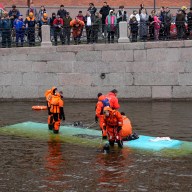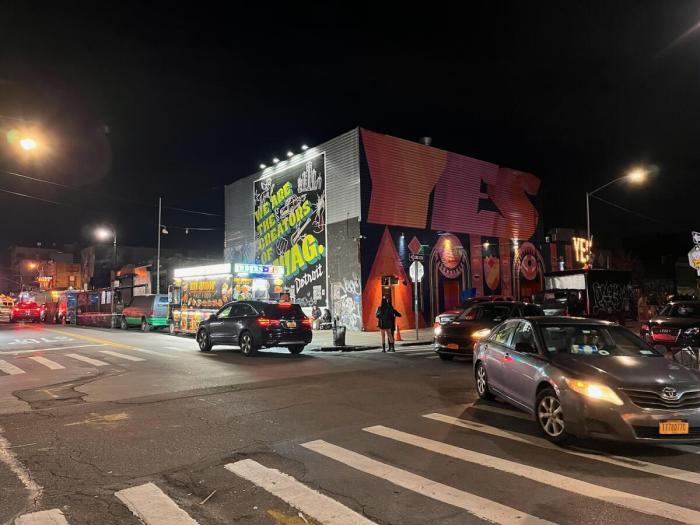A dozen community associations and even more individuals will urge councillors to reject the Kettle Island bridge site when the city’s transportation committee meets next Monday.
“Ideally, all three levels of government would reject this recommendation and choose an alternative to go to Phase 2,” said Judy Lishman, chair of the Manor Park Community Association’s bridge committee.
Consultant ROCHE-NCE, which released its final recommendation this week, said all outstanding issues, such as noise, traffic and environmental effects, could be reduced, but Lishman said the affected community associations disagree.
Increased truck traffic on the Kettle Island route, for example, would increase air and noise pollution through existing neighbourhoods, and the vibrations and ferrous metals in the trucks could affect the MRI machine to be located in the Montfort Hospital in a room overlooking the route leading to the bridge, she said.
“That’s how sensitive it is — trucks carrying ferrous metals can disturb it. There’s no mitigation possible for that,” she said, citing a long list of other objections. “It’s ridiculous to carry the wrong solution into Phase 2 and spend another several million dollars looking at it when these hazards cannot be mitigated.”
While east-end community associations support the Kettle Island Bridge, a coalition of 15 community groups in the area affected does not, said coalition chair Jane Brammer, who will also lobby local Ontario MPPs as well as the National Capital Commission and the Ontario and Quebec transportation ministries, which funded the ROCHE-NCE report.
The consultant’s recommendation was based on a mathematical assessment that gave too much weight to traffic and cost issues at the expense of human and community concerns, the coalition argues.
“It goes beyond moving cars from point A to point B as fast as possible,” said Brammer. “If people were valued in a reasonable way, then the recommended location would change. And it can be done if more open minds are brought to the Phase 2 assessment.”
















